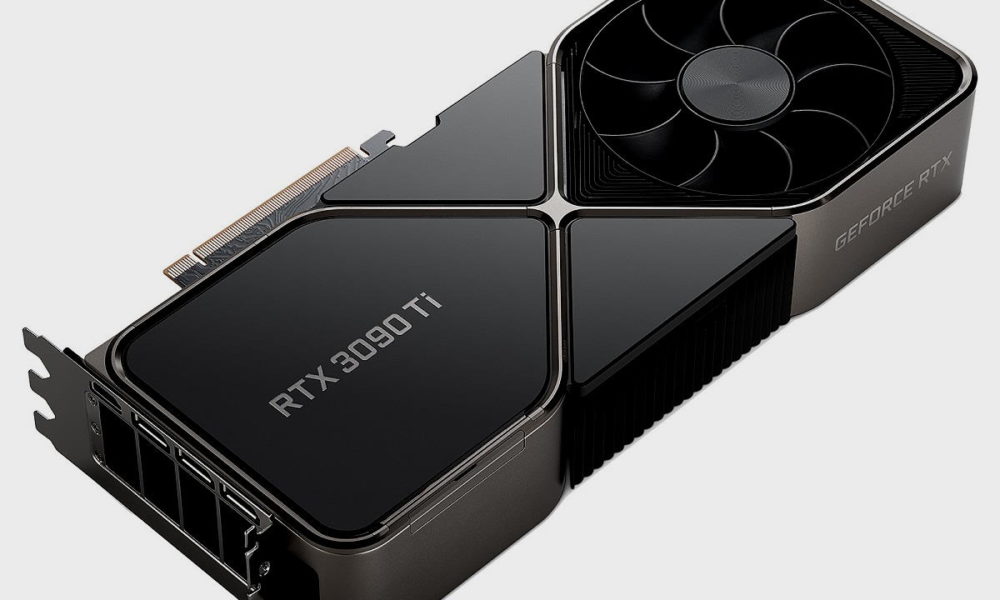Researchers have discovered that a highly promising electrolyte for creating longer-lasting lithium batteries is micelles, which have complex nanostructures that work similarly to how they behave in soapy water. In the search for long-lasting batteries, researchers at Brown University and Idaho National Laboratory have found that the answer may lie in understanding how things get clean, specifically how soap works in the process.
Take hand washing, for example. When a person washes their hands with soap, the soap forms structures called micelles that trap and remove oil, dirt, and germs when washed with water. This is because soap acts as a bridge between the water and the thing being washed, binding them and enveloping them in these micellar structures.
In a new study published in the journal Nature Materials, scientists observed a similar process occurring in a substance that is emerging as one of the most promising materials for creating longer-lasting lithium batteries—a new type of electrolyte called a localized high-concentration electrolyte. . The authors of the article say that this new understanding of how this process works could be the missing piece that will fully open the door to the emerging technology sector.
Improving energy storage in batteries
“The big picture is that we want to improve and increase the energy density of batteries, meaning how much energy they store in one cycle and how many cycles the battery can last,” said Yue Qi, a professor at the Brown School of Engineering. “This requires changing the materials inside traditional batteries to make long-lasting batteries that store more energy a reality; imagine batteries that can power a phone for a week or more, or electric cars that can travel 500 miles.”
Scientists are actively working on switching to batteries made of lithium metal, as they have much higher energy storage capacity than current lithium-ion batteries. The limiting factor is conventional electrolytes, which are an integral part of allowing the passage of electrical charge between the two terminals of the battery, causing the electrochemical reaction necessary to convert the stored chemical energy into electrical energy. Conventional lithium-ion battery electrolytes, which consist primarily of a low concentration of salt dissolved in a liquid solvent, cannot effectively perform this function in metal batteries.
Highly concentrated localized electrolytes
To solve this problem, localized highly concentrated electrolytes were developed by scientists at Idaho National Laboratory and Pacific Northwest National Laboratory. These are made by mixing a high concentration of salt in a solvent with another liquid called a diluent; This improves the flow of electrolyte and allows the battery to maintain its capacity.
So far, this new type of electrolyte has shown promising results in laboratory tests, but how it works and why is not fully understood, limiting its effectiveness and the possibilities for further development. That’s what a new study helps address.
“The paper presents a single theory for why this electrolyte works better, and an important insight comes from the discovery that micelle-like structures form in this electrolyte, just like in soap,” said Bin Li, a senior scientist. Oak Ridge Laboratory National, which worked on the study. “Here we see that the role of the soap or surfactant is played by the solvent orbiting the higher concentration salt in the center of the micelle, binding both the diluent and the salt.”
Understanding this, researchers were able to break down the ratios and concentrations required to achieve optimal reactions in batteries. This will help solve one of the main difficulties in creating this electrolyte, namely finding the right balance between the three components. In fact, the study not only provides better guidelines for creating localized highly concentrated electrolytes that work, but also provides better guidelines for creating electrolytes that work more efficiently.
Researchers from the Idaho National Laboratory have put the theory into practice. They found that the theory works so far and helps extend the life of lithium metal batteries. The team is excited to see what localized, highly concentrated electrolyte designs emerge from their work, but recognizes that significant progress still needs to be made to overcome the “bottleneck” in electrolyte design for high-density batteries. They are currently interested in whether the secret may lie in something as ordinary and everyday as soap.
“The concept of micelles may be new to electrolytes, but they are actually very common in our daily lives,” Qi says. “We now have theory and guidance on how to achieve the desired interaction between salt, solvent and diluent in an electrolyte, what concentration they should be at, and how they should be mixed.”













